13 Bugs That Look Like Centipedes: How To Identify And Get Rid Of Them
If you’re plagued by bugs that resemble centipedes, you’re not alone in your struggle. These unwelcome visitors can be notoriously difficult to eradicate, but with the right guidance, you can successfully banish them from your home for good. In this comprehensive guide, we’ll delve into 13 common insects that share a striking resemblance to centipedes, providing valuable insights on how to identify and eliminate them.
Additionally, we’ll offer expert advice on preventative measures to ensure these pesky critters don’t return in the future.
What Are Centipedes?
Arthropods known as centipedes boast elongated, segmented bodies and an impressive number of legs. While they can vary significantly in size – some species reaching lengths of over 30 cm -, their predatory nature remains a constant. These arthropods primarily feed on insects, spiders, and other small animals. However, it’s worth noting that certain centipede species are capable of delivering a painful bite to humans if they perceive a threat.
The diversity of habitats across the globe is home to these segmented creatures. They thrive in a range of environments, including forests, deserts, and grasslands. Typically, centipedes prefer to inhabit dark, moist areas such as beneath logs or rocks. As nocturnal creatures, they emerge at night to hunt for sustenance.
Bugs That Look Like Centipedes.
While many people might be familiar with the concept of centipedes, few may realize that there are actually arthropods that resemble these creepy-crawlies. Specifically, millipedes share a striking physical similarity with centipedes, albeit without the same level of threat or menace. Despite their innocuous appearance, however, these pests can still cause significant damage to homes and other structures if left unchecked.
Amazonian giant centipedes
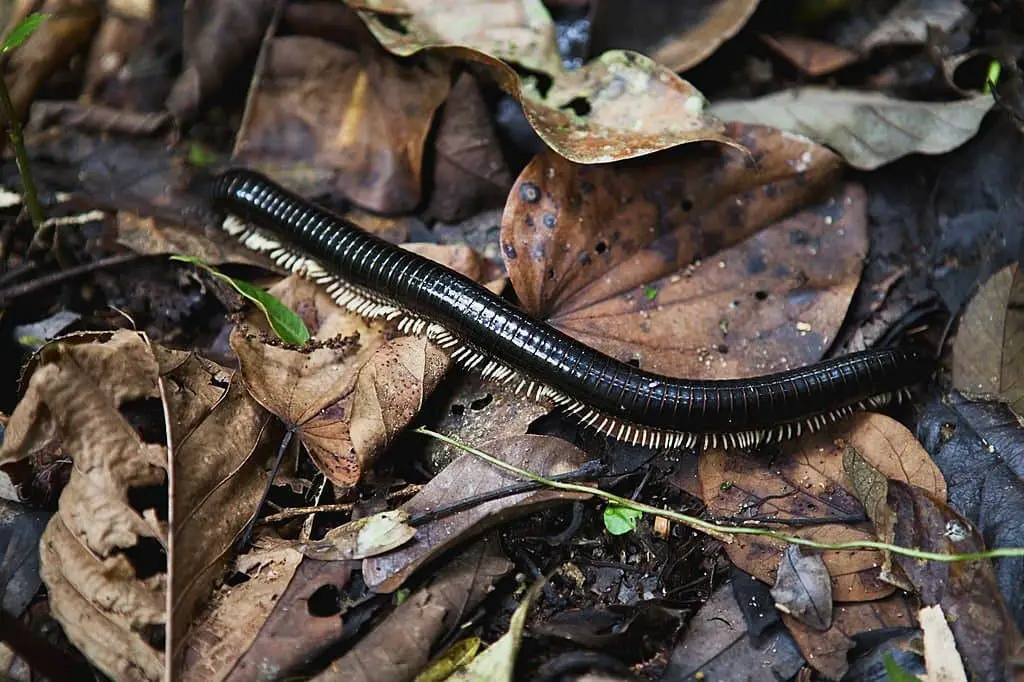
Amazonian giant centipedes, the largest species of centipede in the world, are known for their striking appearance and formidable size. Reaching lengths of up to 12 inches, they can be found throughout Central and South America. Despite their intimidating demeanor, these centipedes are not typically considered a threat to humans, although their powerful jaws and venomous bite can deliver a painful bite.
In terms of physical characteristics, Amazonian giant centipedes stand out due to their vibrant red color and black legs. They possess up to 23 pairs of legs, a feature that sets them apart from smaller centipedes, which typically range in length from a few inches to several feet. These smaller centipedes can be found globally and often inhabit warm, moist environments such as under rocks or leaves.
In terms of habitat, Amazonian giant centipedes are primarily found in the tropical rainforests of South America, although they can also be spotted in parts of Central America and Mexico. By contrast, centipedes as a whole can be found worldwide, preferring similar warm and humid environments. From a dietary perspective, both Amazonian giant centipedes and regular centipedes are carnivorous, preying on small insects, spiders, and other invertebrates at night.
In terms of predators, the Amazonian giant centipede has relatively few due to its size and venomous bite. However, they can fall prey to snakes, lizards, birds, and mammals. For those seeking to rid their homes of these intimidating creatures, a multi-step approach is necessary. First, it’s essential to identify the source of the problem, as these centipedes are adept at squeezing into small spaces.
Once the point of entry has been identified, it can be blocked off using materials such as rubber or metal. The next step involves removing the food source, which typically consists of insects. This can be achieved through the use of various traps or chemicals. Finally, making one’s home less hospitable to these centipedes requires reducing moisture levels. This can be accomplished through the use of dehumidifiers or by addressing any leaks.
Earwigs
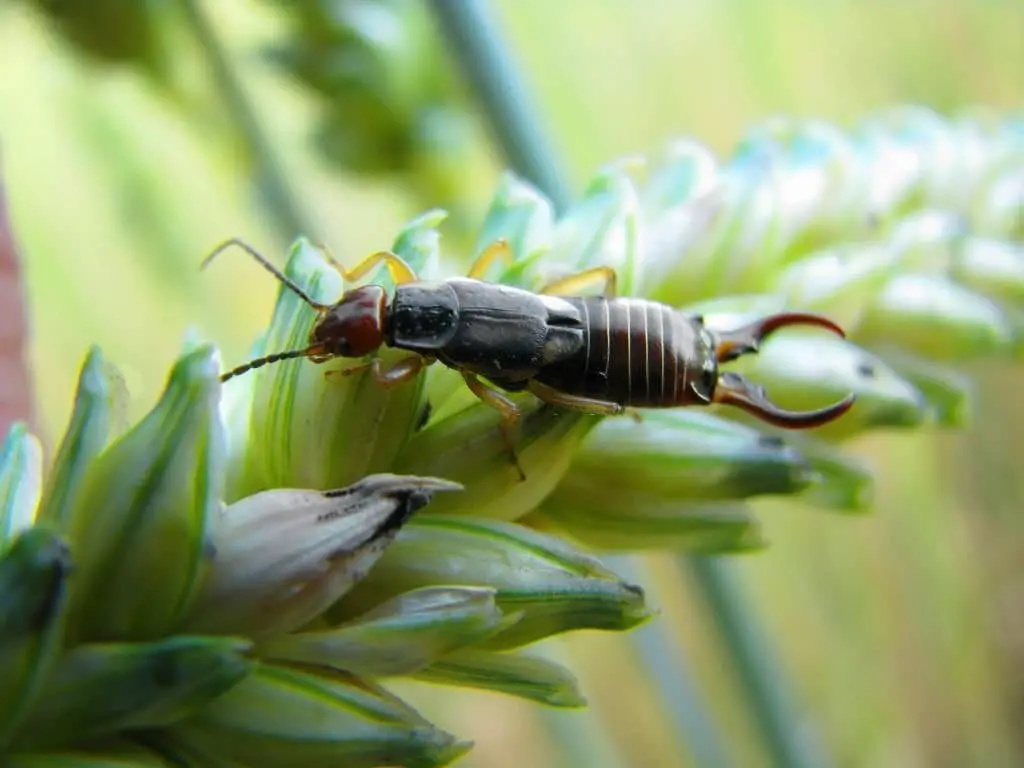
Earwigs are small, dark-colored insects that have a distinctive pair of pincers on their rear end. They are most active at night, hiding in damp places during the day, such as under rocks or in leaf litter. Despite an old wives’ tale suggesting they crawl into people’s ears and bore into their brains, this is entirely unfounded – earwigs pose no danger to humans. Identifying earwigs is relatively straightforward. They have a pair of pincers on their rear end for defense and capturing prey.
Earwigs are small, typically ranging in size from ½ an inch to ¾ of an inch, with a dark brown or black body that is smooth and shiny. In contrast to centipedes, earwigs have a unique appearance, characterized by a pair of pincers on their rear end, whereas centipedes have long, slender bodies with many legs. Earwigs are also smaller than centipedes, usually measuring around ½ an inch in length.
Centipedes are predators that feed on a wide variety of prey, including insects and small rodents, whereas earwigs are scavengers that feed on decaying plant matter and live plants. Earwigs can be found near sources of moisture, such as gardens or under rocks, whereas centipedes inhabit a range of habitats. Both species reproduce by laying eggs – centipedes guard their eggs until they hatch, while earwigs care for the young in a nest until they are old enough to fend for themselves.
If you find yourself dealing with an earwig infestation at home, don’t panic! While they may be unsettling, earwigs pose no threat to humans. To eliminate them, start by identifying their source and addressing the root cause. Next, set out traps such as sticky or baited traps to capture the earwigs. If all else fails, pesticides can be used as a last resort, but use them safely.
Firebrats
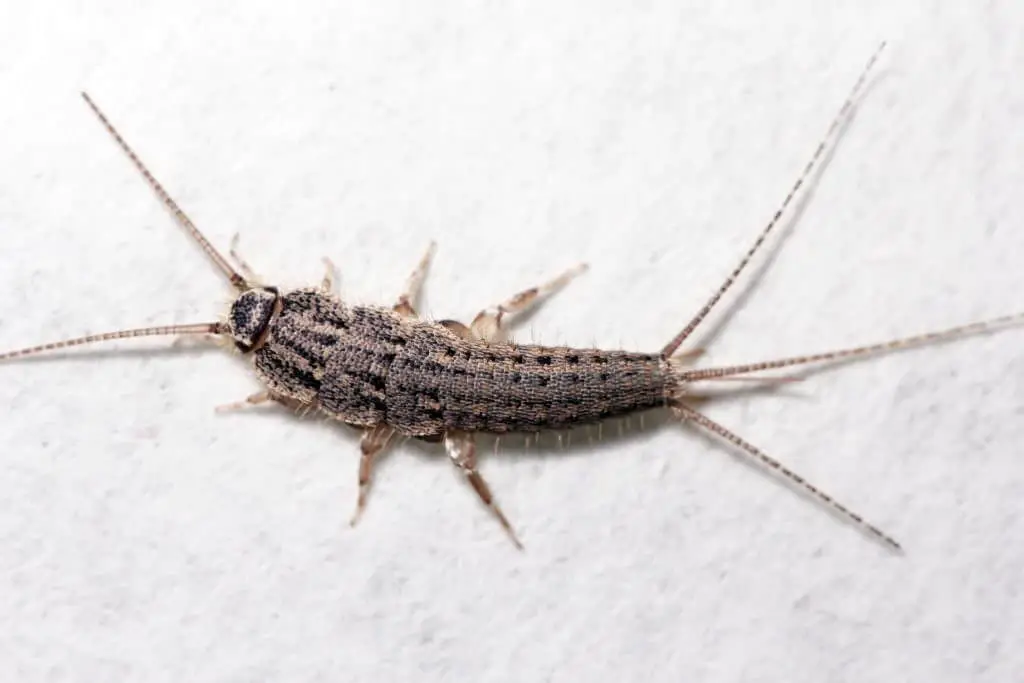
Firebrats – The Insects That Thrive in WarmthFirebrats are small, wingless insects that belong to the same family as silverfish. What sets them apart is their affinity for warmth, which is why they’re often found near furnaces, fireplaces, and other cozy areas in homes. Despite their name suggesting a connection to fires, firebrats don’t have the ability to cause blazes. Instead, they can be a nuisance due to their constant movement and the noise they produce as they scurry about.
Comparing Firebrats to CentipedesOne of the most noticeable differences between firebrats and centipedes is their appearance. Centipedes are long and slender, with multiple legs that vary in color but typically range from brown to black. Firebrats, on the other hand, are small, wingless insects that resemble silverfish and have a dark gray or black hue.
As for their habitats, centipedes prefer damp environments such as basements, closets, and bathrooms, whereas firebrats thrive in warm, humid areas like boiler rooms and furnaces. When it comes to diet, centipedes are predators that feed on insects, spiders, and other small animals, while firebrats subsist on paper, cardboard, and insulation. In terms of size, centipedes can grow up to 12 inches long, whereas firebrats reach about half an inch in length.
Centipedes are also nocturnal predators, whereas firebrats are active during both day and night. Defending Against FirebratsAs for defense mechanisms, centipedes can bite, but their venom is harmless to humans. Firebrats, on the other hand, don’t have any notable defenses against predators. Getting Rid of FirebratsTo eliminate firebrats from your home, you’ll need to take a multi-pronged approach.
First, identify and seal off any food sources they might be exploiting – this means closing up any cracks or crevices where they could find sustenance. Next, consider using traps like glue traps or snap traps, which can be found at your local hardware store. Finally, you may also want to explore the use of insecticides.
Giant desert centipedes (Scolopendra heros)
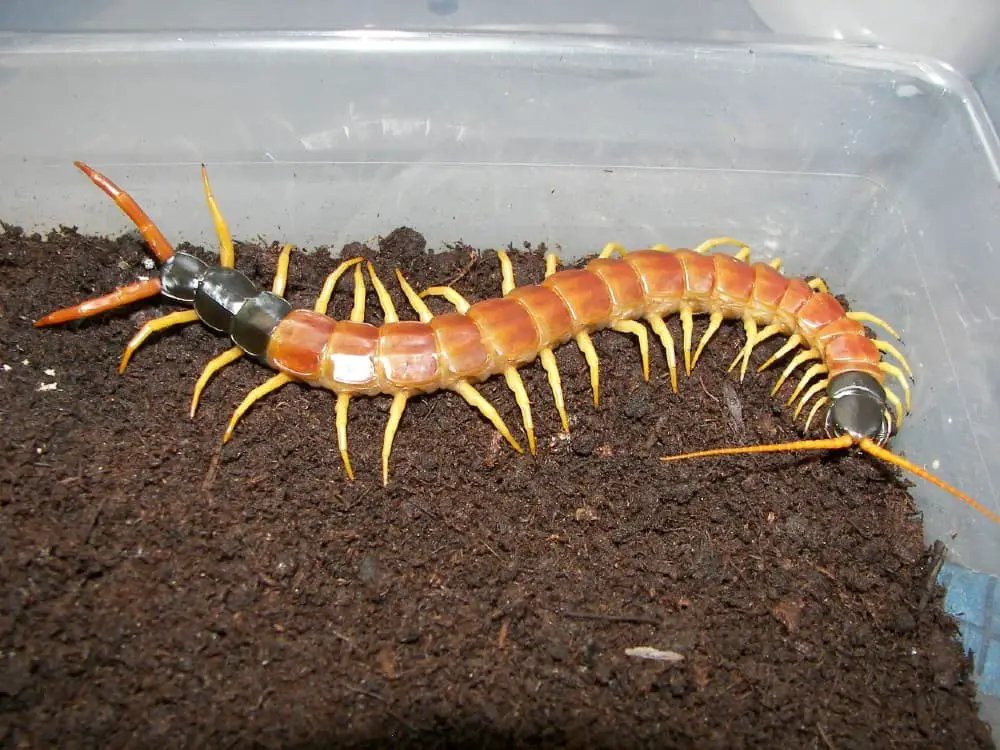
Giant desert centipedes are the largest type of centipede found in North America, characterized by their striking pale yellow or pinkish color and impressive length of up to 20 cm (approximately eight inches). These nocturnal predators inhabit arid regions of the southwestern United States, Mexico, and parts of Central America. In contrast to other centipedes, giant desert centipedes boast larger bodies and a more limited number of legs.
While both centipedes and giant desert centipedes share a slender profile, notable differences emerge in terms of coloration, habitat, diet, behavior, and reproduction. Centipedes tend to be brown or red, whereas giant desert centipedes can be either yellow or orange. The former thrive in damp environments, such as beneath rocks or in mulch, whereas the latter inhabit dry environments like deserts. Centipedes feast on insects, while giant desert centipedes prey on lizards, snakes, and rodents.
Furthermore, centipedes are nocturnal, whereas giant desert centipedes are diurnal. As for reproduction, centipedes lay eggs, whereas giant desert centipedes give birth to live young. If you’re looking to get rid of these impressive creatures, there are a few methods worth considering. One approach is to set up a trap by placing a container with food near the centipede’s usual haunt and covering the top once it’s inside.
Alternatively, you can employ pesticides following the instructions on the package and exercising caution to avoid harming yourself or others. It’s also essential to ensure pets are safely removed from the area during this process.
House Centipedes
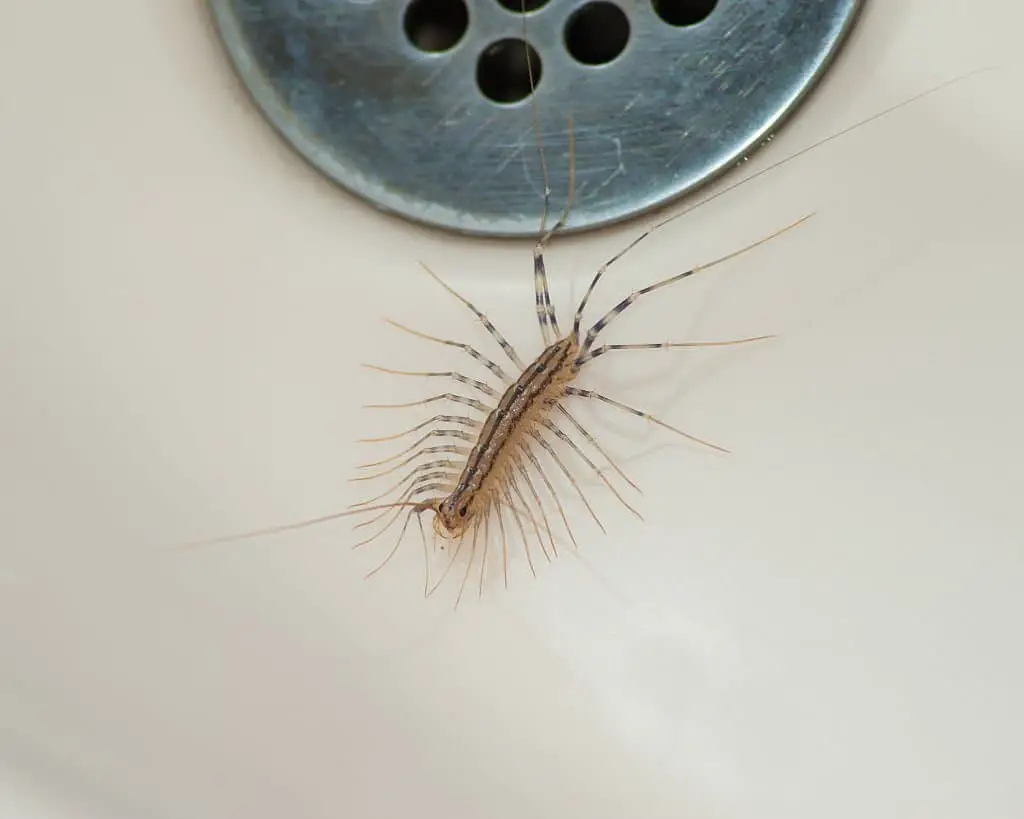
House centipedes are long, thin, and many-legged creatures that can be a nuisance in your home. They’re fast runners and agile climbers, making them difficult to catch. While their bites may be painful, they pose no harm to humans. In fact, house centipedes are beneficial insects that help control pest populations by feeding on insects, spiders, and other small arthropods. Compared to traditional centipedes, house centipedes have a distinct appearance.
They’re dark yellow or brown with three dark stripes running down their backs, whereas centipedes range in color from brown to red and black. House centipedes also prefer to dwell in damp, dark areas such as basements, closets, or attics, whereas centipedes thrive outdoors in damp zones like under leaves, stones, decks, or mulch around plants. One key difference between the two is their behavior.
Centipedes are predators that use their long legs to chase down prey, and they’ll occasionally enter homes in search of food. House centipedes, on the other hand, are timid insects that generally avoid humans. If cornered, however, they may bite as a last resort. In terms of reproduction, house centipedes lay their eggs in damp areas like basements or closets, similar to how they inhabit these spaces in their adult lives. Centipedes, meanwhile, deposit their eggs in the soil.
Millipedes
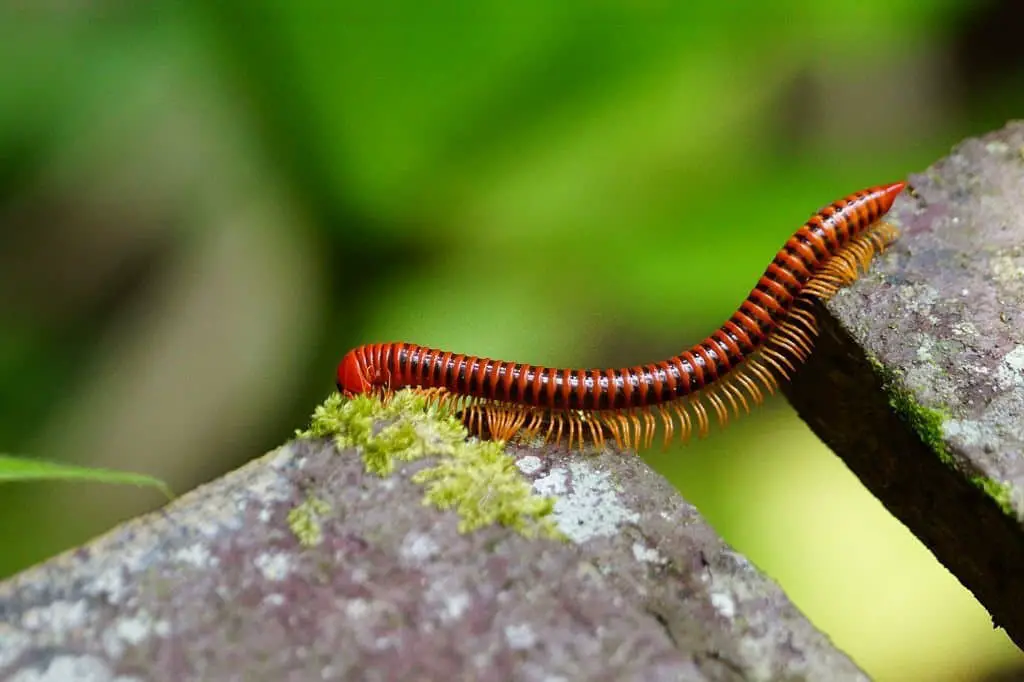
Pauropods
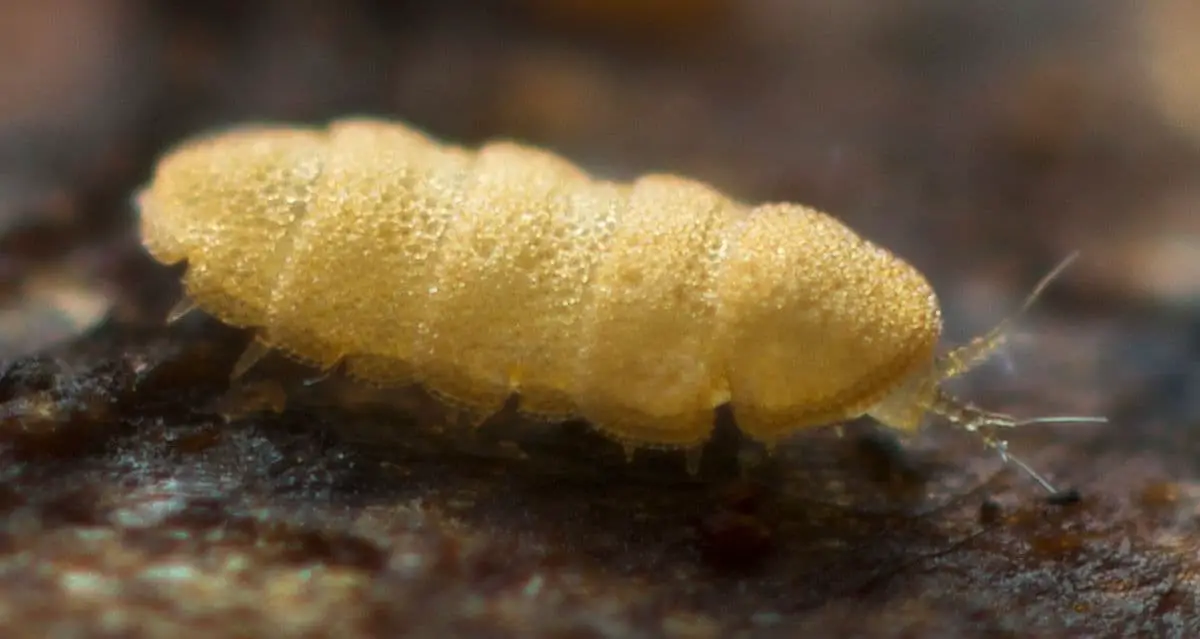
Pauropods are tiny, segmented creatures that thrive in soil environments. As distant cousins of millipedes and centipedes, they share a common trait – numerous legs. Their size varies greatly, ranging from less than a millimeter to a few centimeters in length. Most pauropods sport muted tones, such as gray or brown, although some species boast vibrant colors. These small wonders play a vital role in the soil ecosystem.
By breaking down dead plant matter and releasing nutrients into the soil, they contribute significantly to the environment’s overall health. Pauropods also prey on smaller creatures like nematodes and springtails, effectively regulating their populations. In contrast to centipedes, pauropods pose no threat to humans. In fact, they can be beneficial additions to your garden or yard, as they help maintain soil quality and suppress pest populations.
If you encounter pauropods, it’s best to let them be, allowing them to continue their important work. When comparing pauropods to centipedes, some notable differences emerge. While both have segmented bodies, centipedes tend to be much larger, with a dark brown or black coloration. Pauropods, on the other hand, are diminutive and pale yellow or white. Centipedes inhabit various environments, from forests to deserts, while pauropods reside in damp soil or leaf litter.
In terms of diet, centipedes are predators that feed on insects and small animals, whereas pauropods are scavengers that feast on decaying plant matter.
Pill Bugs (Armadillidiidae)
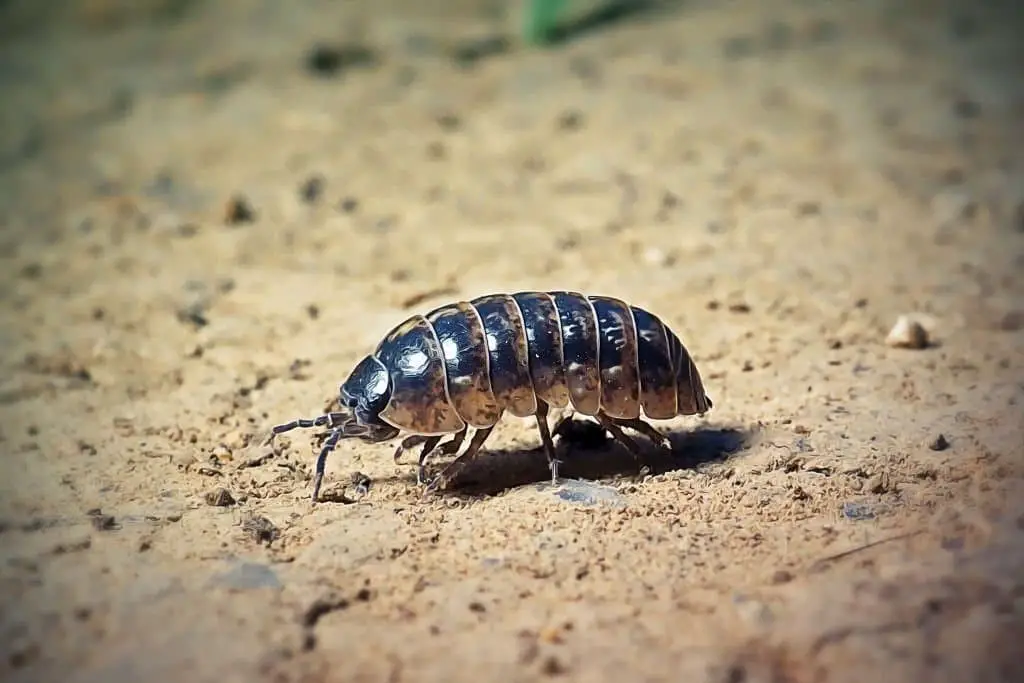
Pill bugs, also known as woodlice, are land-dwelling crustaceans that belong to the same family as shrimp, crabs, and lobsters. These small creatures thrive in damp environments with decaying vegetation, measuring between ½ an inch to one full inch in length. Their dark gray or black coloration and seven pairs of legs distinguish them from other insects. Pill bugs have the unique ability to roll into a ball when threatened, making them formidable opponents.
Interestingly, pill bugs play a crucial role in breaking down organic matter, enriching soil quality. Compared to centipedes, pill bugs exhibit distinct characteristics. While centipedes are slender and elongated, pill bugs are stout and compact. Centipedes tend to be brown or black, whereas pill bugs display gray or black hues. Habitat-wise, centipedes inhabit damp areas like basements or mulch, whereas pill bugs prefer dry locations under rocks or leaf litter.
As for their diets, centipedes are predators that feed on insects and spiders, while pill bugs scavenge dead plants or animals. Size-wise, centipedes can reach up to six inches in length, whereas pill bugs cap out at one inch. Despite being harmless to humans and pets, pill bugs can be a nuisance if they infest your home. Fortunately, removing these small creatures is a relatively straightforward process.
To effectively get rid of pill bugs, start by sealing any cracks or openings in your home’s foundation, doors, and windows. Next, eliminate sources of moisture, fixing leaks and monitoring condensation. Vacuum up visible pill bugs, ensuring to empty the bag afterwards to prevent escape. If needed, consult local hardware stores about insecticides and follow label instructions carefully.
Pseudocentipedes
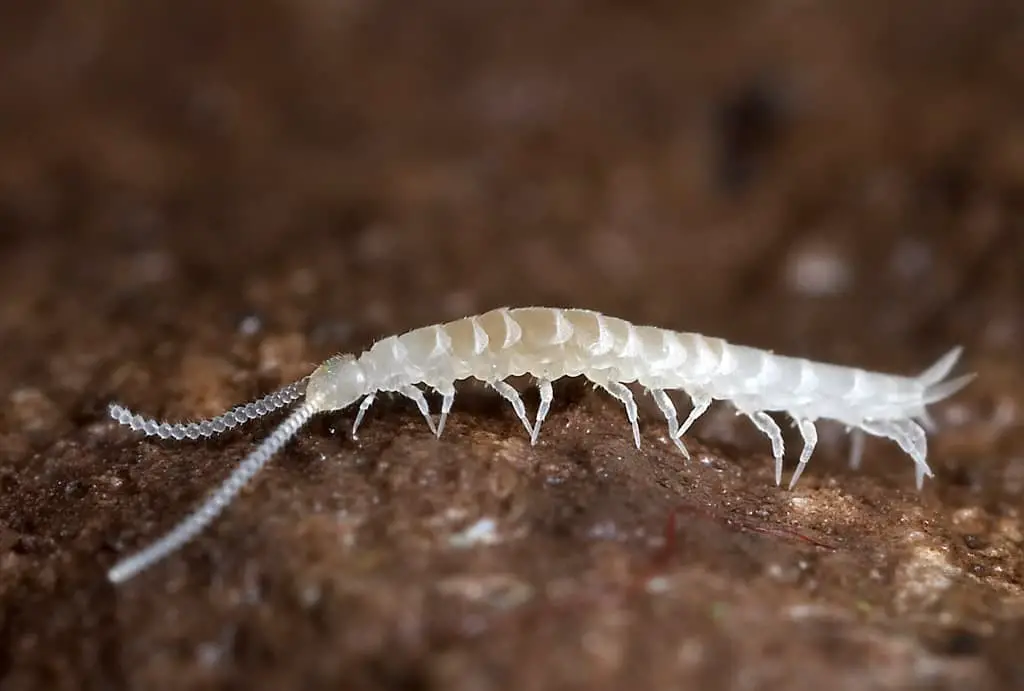
Pseudocentipedes are insects that exhibit a unique characteristic: each segment of their body has only one pair of legs, unlike centipedes which have two pairs per segment. This distinct feature gives them their name, although they aren’t closely related to centipedes at all – in fact, they’re more similar to millipedes! These fascinating creatures can be found inhabiting various environments, including forests and grasslands, where they feed on small insects and other invertebrates.
In contrast to centipedes, pseudocentipedes are characterized by their segmented body with one pair of legs per segment. While both have a carnivorous diet, consisting mainly of small insects and invertebrates, there are some notable differences between the two. Centipedes can be found in a range of habitats, from forests to deserts and caves, whereas pseudocentipedes tend to thrive in damp environments like rainforests.
When it comes to getting rid of pseudocentipedes, one effective method is to utilize pesticides, which can be obtained at most hardware stores or online. It’s essential to follow the instructions on the label carefully, especially if you have children or pets. After spraying the area, make sure to seal any openings that might allow pseudocentipedes to enter your home. This includes cracks in walls, gaps around doors and windows, and vents.
Additionally, inspect for food sources that may attract them, such as garbage cans and pet food bowls, and be sure to clean up any crumbs or spills that might draw them in. If you encounter any pseudocentipedes, it’s crucial to eliminate them immediately. The most effective way is to step on them or crush them with your hands. You can also use a vacuum cleaner to suck them up, but remember to dispose of the vacuum bag in an outdoor garbage can.
Silverfish
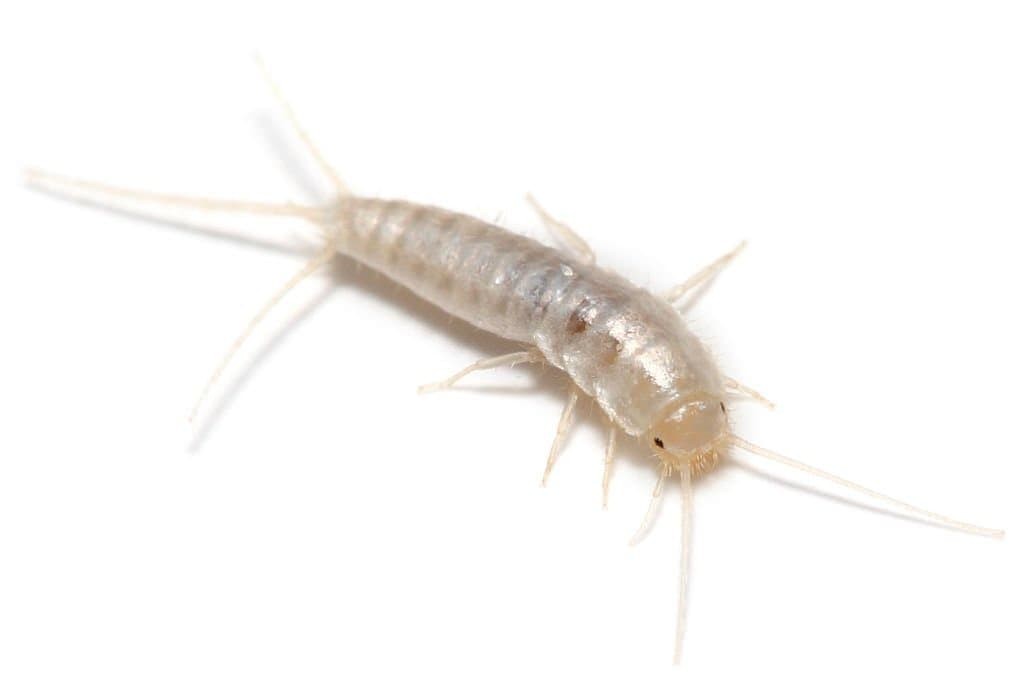
Silverfish are small, wingless insects characterized by their silvery-gray color and nocturnal behavior. They thrive in dark, humid environments such as basements and attics. While they don’t pose a threat to humans, their rapid reproduction and voracious appetite for paper, glue, and even dead skin cells can be a nuisance.
In contrast, centipedes are long, slender insects with many legs that inhabit outdoor areas like under leaves or logs, feeding on small insects, spiders, and other small animals. Despite their differences, both silverfish and centipedes share similar characteristics in terms of habitat, diet, behavior, and reproduction.
Sow Bugs
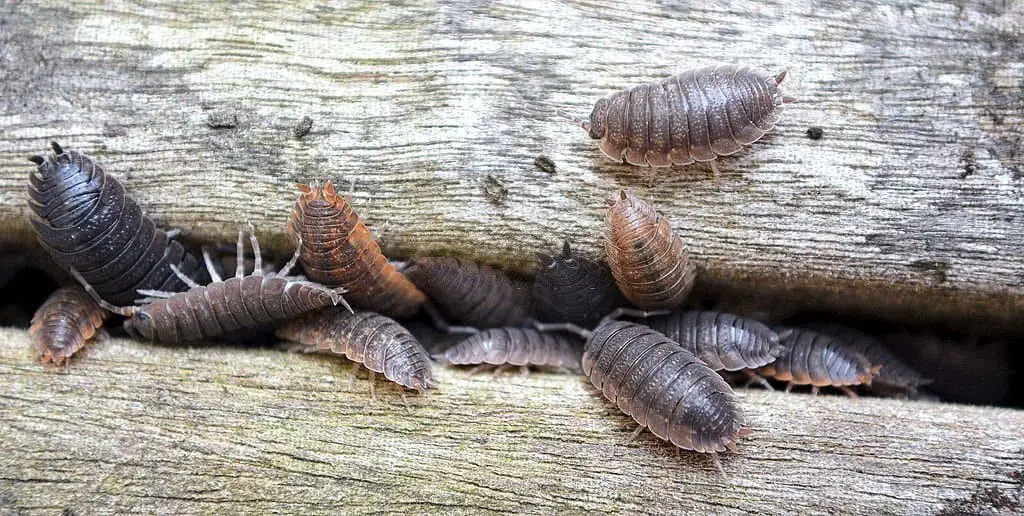
Sow bugs are small, dark brown to black, segmented creatures that measure about 1/2 inch long. Their bodies are protected by a hard shell-like covering comprising six to eight smaller plates. These tiny insects can roll up into a tight ball when disturbed or threatened. While they don’t pose a threat to humans, they can be a nuisance if they invade your home in large numbers.
Sow bugs thrive in damp environments and are commonly found in gardens, near bodies of water, and in dark, humid places like basements, kitchens, and bathrooms. They feed on decaying organic matter and can sometimes damage plants. In comparison, centipedes are long, slender insects with many legs. They range in color from pale yellow to dark brown and may have stripes or patterns on their bodies. Sow bugs, on the other hand, are small, dark-colored insects that resemble miniature pillbugs.
They have two pairs of legs and a segmented body. Both centipedes and sow bugs inhabit a variety of environments. Centipedes can be found under rocks or in dark, humid places like forests, deserts, and grasslands. Sow bugs prefer damp areas and are commonly found in gardens, near bodies of water, and in dark, humid places. In terms of diet, both centipedes and sow bugs are scavengers that feed on dead organic matter. Centipedes also prey on small insects, spiders, and other arthropods.
As predators, centipedes target small insects, spiders, and other arthropods, while sow bugs have few natural predators but may be eaten by centipedes, birds, and rodents. To get rid of sow bugs in your home, start by vacuuming them up. This will remove them from your home and prevent them from coming back. Be sure to empty the vacuum bag after each use. You can also use a dehumidifier to dry out their preferred environments.
Additionally, removing their food source – decaying plants and organic matter – can encourage them to leave your home. If all else fails, you can use pesticides to get rid of sow bugs. Always read the label carefully and follow the directions.
Spiders
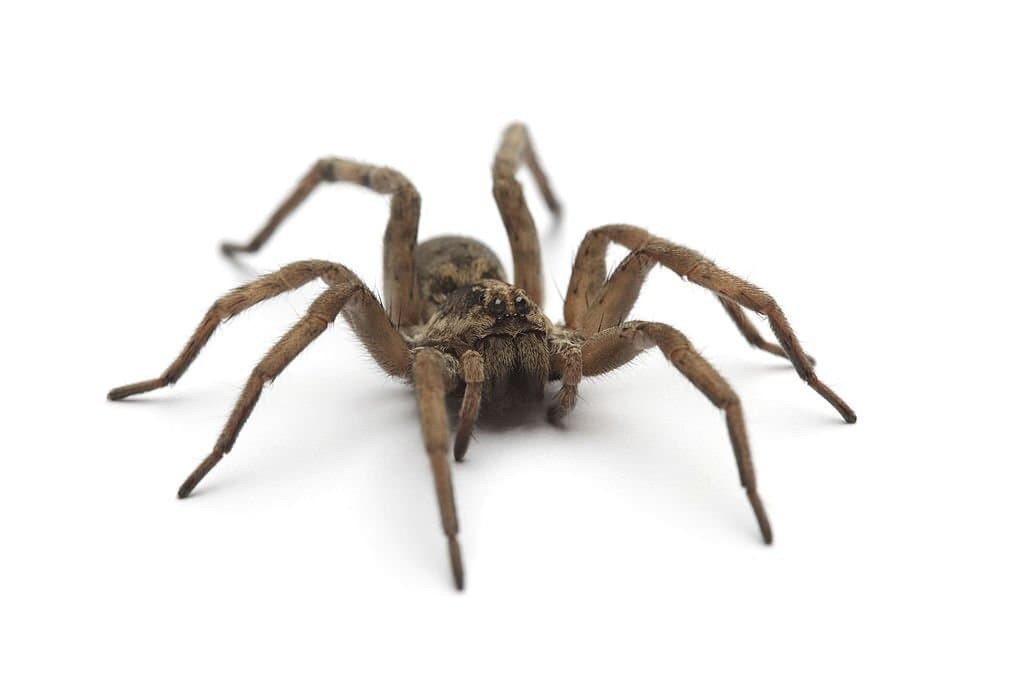
Spiders are arachnids that belong to the class of joint-legged invertebrate animals, which also includes scorpions, mites, and ticks. One of their most distinctive features is the possession of venom glands and fangs used to kill their prey. While not all spiders pose a threat to humans, they do share this characteristic with many species. In fact, over 35,000 known species of spiders exist, making them one of the most diverse groups of animals on the planet.
Their widespread distribution is evident in almost every corner of the world, from lush rainforests to arid deserts. Spiders come in a wide range of shapes and sizes, with bodies that can be as vibrant or dull as they are small or large. In comparison to centipedes, spiders exhibit distinct physical characteristics. They have round, small bodies with eight legs, often featuring brown or black hues.
In contrast, centipedes possess long, flat bodies with many legs, typically displaying brown or black coloration. As for their habitats and diets, spiders inhabit dry, dark places such as trees and bushes, feeding on insects and other small animals. Centipedes, on the other hand, reside in wet, dark environments like under rocks and logs, preying on insects. In terms of size and behavior, centipedes can grow up to six inches long and are generally aggressive, attacking humans if threatened.
Spiders, by contrast, typically reach a maximum length of three inches and are not aggressive unless provoked. They will only bite humans when feeling threatened. Getting rid of spiders is achievable through simple yet effective methods. Maintaining a clean and clutter-free home eliminates potential hiding spots, making it less inviting to spiders. Sealing cracks and openings around windows and doors can also deter them.
For more severe infestations, consider consulting professional pest control services. Finally, utilizing spider traps or repellents under the guidance of product labels is an option.
Woodlice
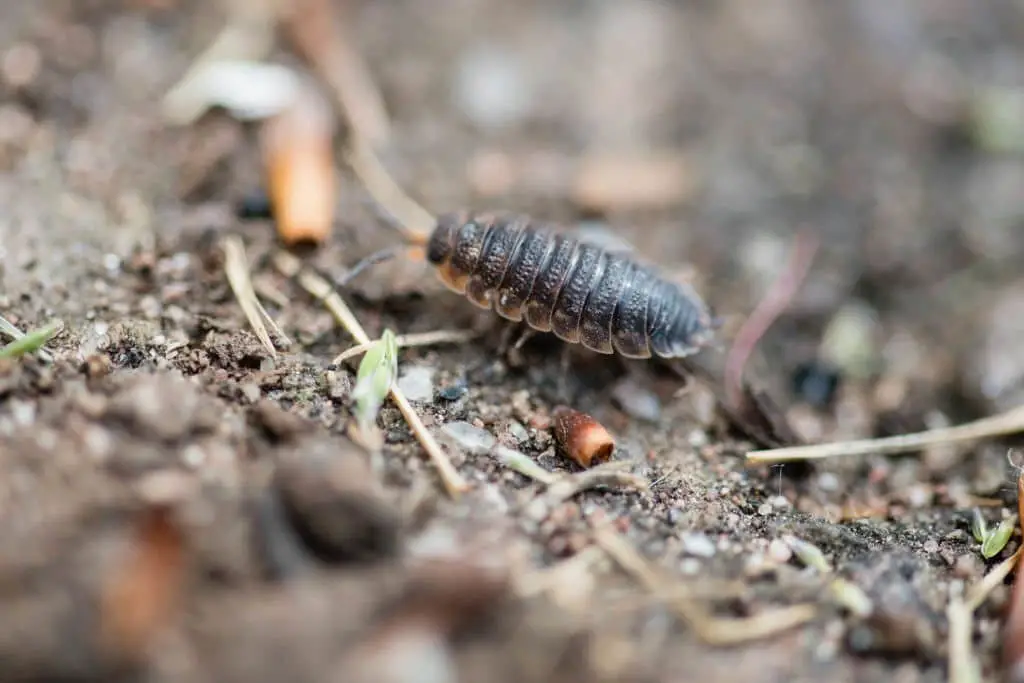
Woodlice, also known as pillbugs or sowbugs, are small, land-dwelling crustaceans that thrive in damp environments. These tiny creatures have a hard exoskeleton and segmented bodies with two pairs of legs per body segment. Unlike many other crustaceans, woodlice don’t pose any harm to humans and actually play a beneficial role in gardens by breaking down organic matter. In contrast, centipedes are longer, more slender creatures that can range in size from under an inch to six inches long.
They have segmented bodies but only one pair of legs per segment, unlike woodlice. Centipedes also tend to be darker in color, with shades ranging from brown to reddish-brown. When it comes to habitat, woodlice are often found in damp, dark places like under rocks, logs, and leaf litter, as well as gardens and flowerbeds. Centipedes, on the other hand, can inhabit both indoor and outdoor spaces, preferring damp, dark areas such as basements, cellars, and crawl spaces.
Woodlice are herbivores, feeding on decaying plant matter, while centipedes are carnivores that feed on a wide range of small animals, including insects, spiders, and even tiny mammals. As for predators, woodlice have many natural predators like birds, snakes, and spiders, whereas centipedes face similar threats from birds, bats, rodents, and other predators. If you’re looking to get rid of woodlice, there are a few methods you can try.
One option is to vacuum them up, while another approach involves using a dustbuster or broom to sweep them away and then dispose of them outside. You can also use an insecticide spray designed for killing insects like woodlice, but be sure to follow the product’s instructions and take necessary precautions to keep children and pets safe.
Conclusion
While encountering a bug that resembles a centipede can be unsettling, it’s likely harmless. Nevertheless, if you’re still unsure about its identity or potential harm, it’s always wise to err on the side of caution and seek expert advice. Remember, it’s far better to prioritize safety than take unnecessary risks.
FAQs
What is a worm that looks like a centipede?
Millipedes, often mistaken for worms due to their elongated, segmented bodies, are actually distinct arthropods. A key distinguishing feature is the presence of two pairs of legs per body segment, unlike worms which have only one pair. This characteristic is a reliable indicator that you’re looking at a millipede rather than a worm.
While they may not be as slimy as some people might imagine, millipedes are generally harmless and play an important ecological role by feeding on decaying plant matter.
What is the difference between an earwig and a centipede?
While earwigs and centipedes may not seem like the most fearsome creatures, they do possess some notable characteristics that set them apart from one another. Earwigs, for instance, are relatively small, with a black exoskeleton and distinctive pincers on their rear end. Interestingly, these pincers are only used in times of duress or when an earwig feels threatened – they’re not naturally aggressive towards humans. On the other hand, centipedes are a different story altogether.
These multi-legged creatures can grow up to 12 inches in length and have a reputation for being quite feisty. When threatened, centipedes will readily defend themselves by biting their perceived attackers. Both earwigs and centipedes tend to thrive in dark, damp environments.
Related Posts
When it comes to dealing with bed bugs, many people turn to common household solutions in an attempt to eradicate these unwanted pests. But do hydrogen peroxide, baby powder, boric acid, ammonia, and Lysol actually kill bed bugs? Let’s dive into the efficacy of each solution and uncover the truth about their effectiveness.






